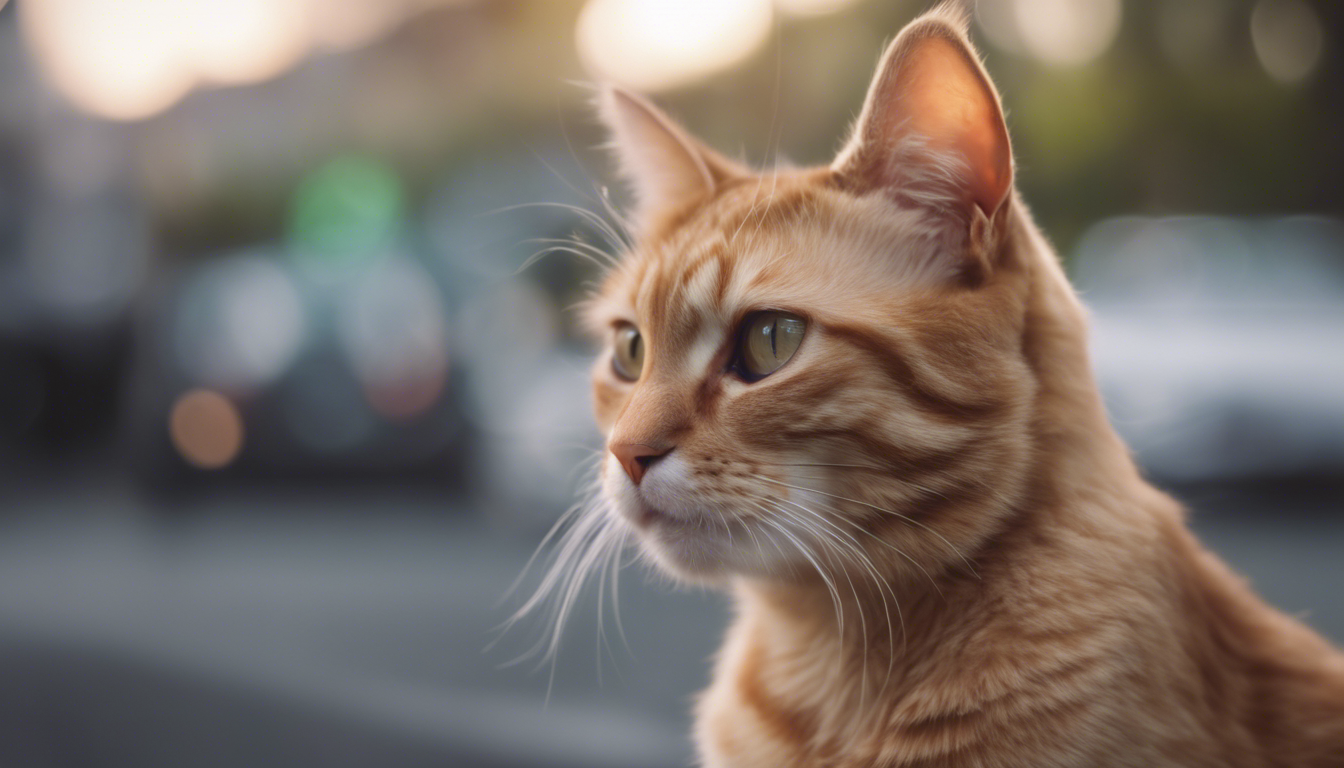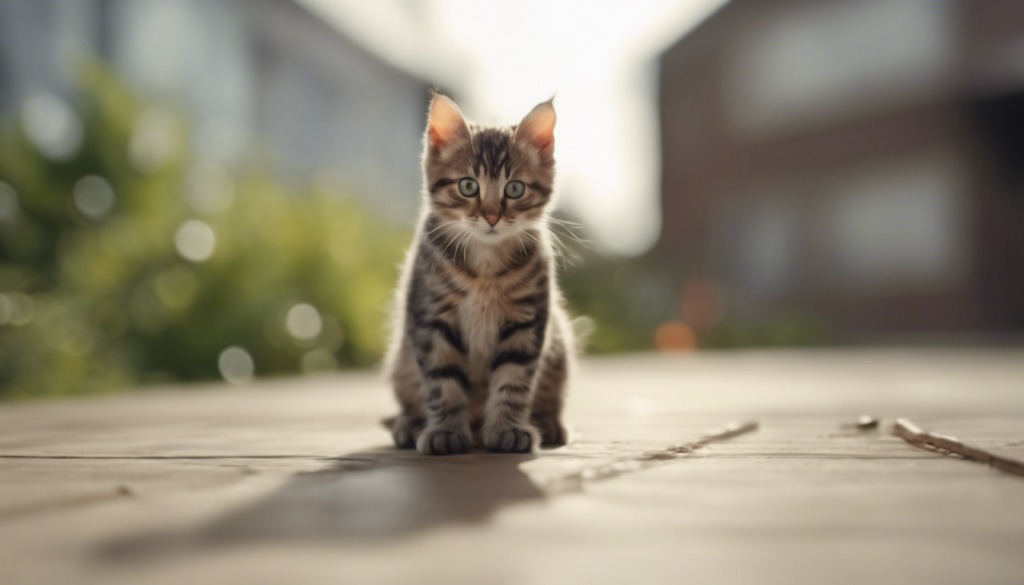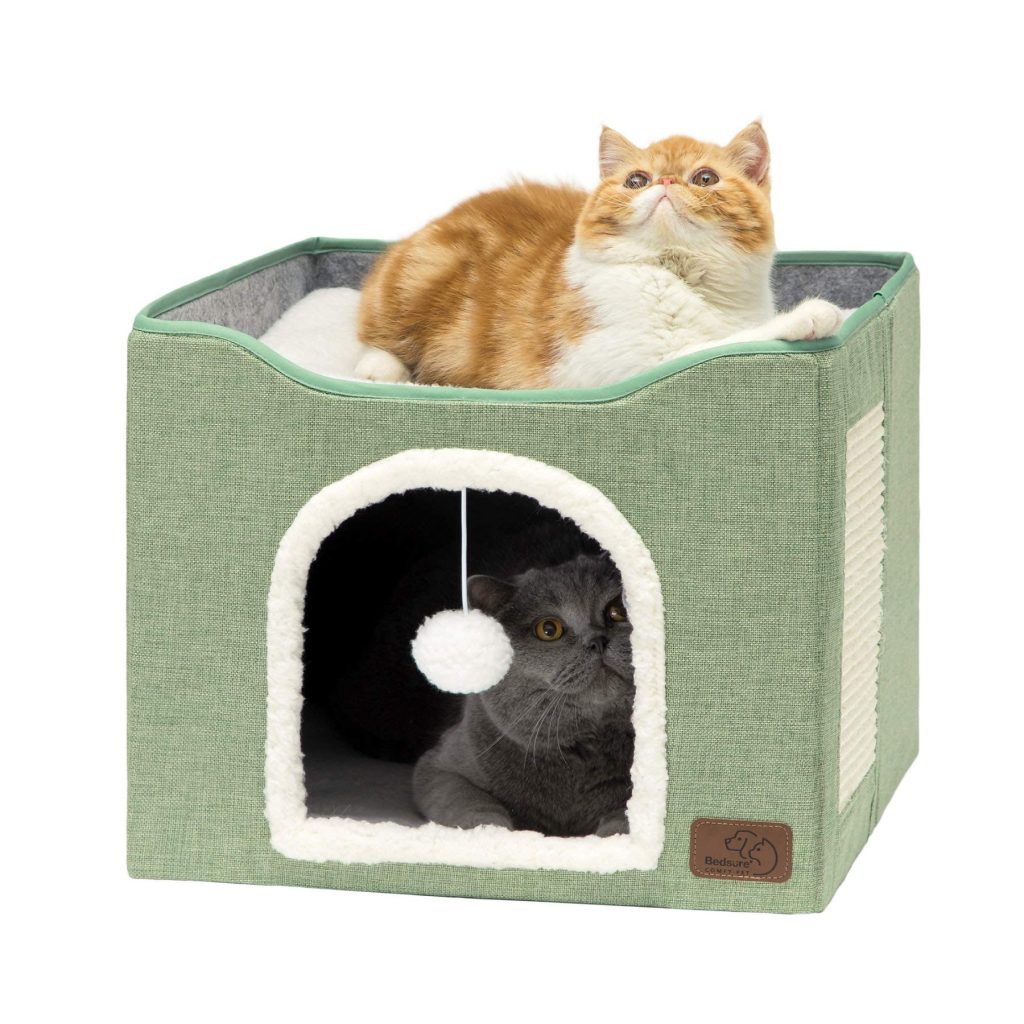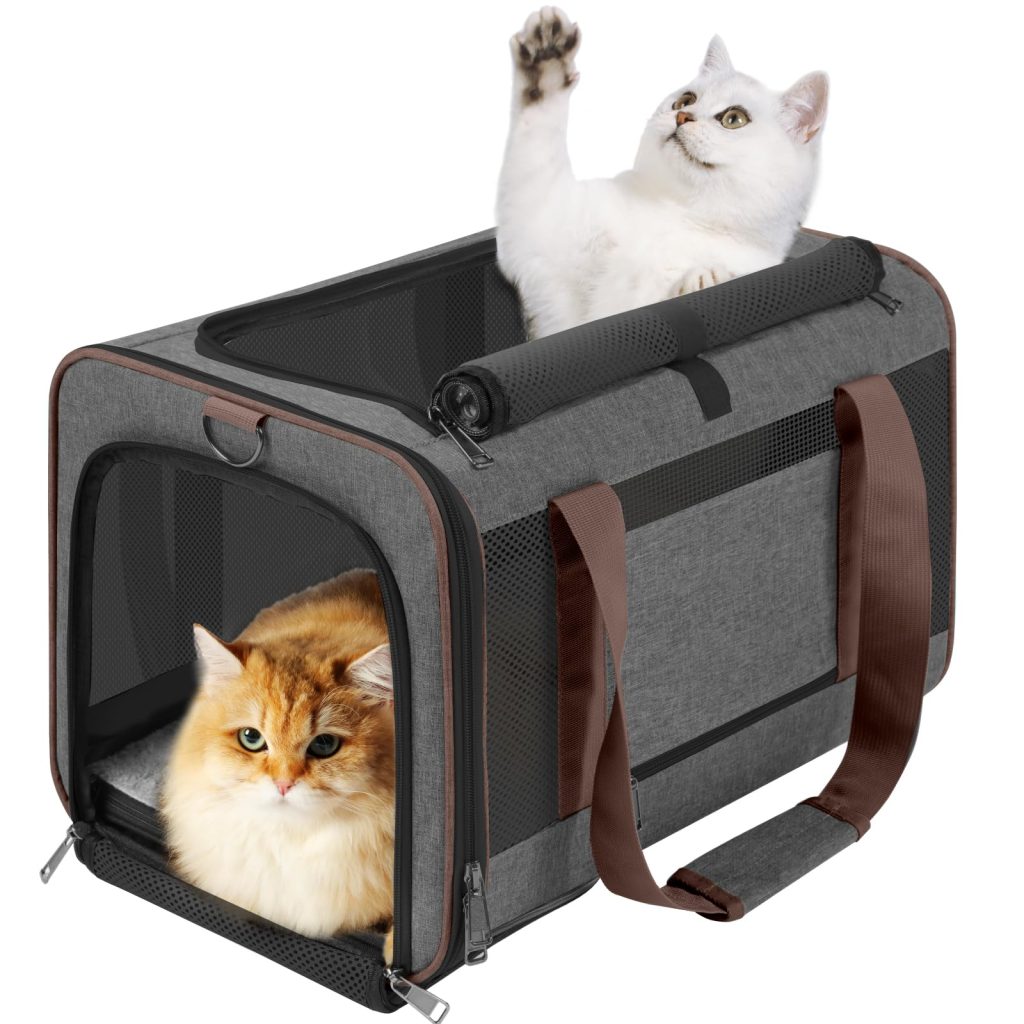
Cats are fascinating and enigmatic creatures. They possess a unique set of behaviors and communication styles that are distinct from other animals. Understanding their needs and responding to them is important to fostering a healthy and happy cat-owner relationship. One way to do this is by establishing a routine for your feline friend. A consistent routine not only helps fulfill their natural instincts but also paves the way for effective cat training and improved behavior. Let’s explore the relevance of routine in feline behavior, communication, training techniques, and its impact on the cat-owner relationship.
1. Feline Behavior and Communication
Cats are creatures of habit. Routine provides them with a sense of security, stability, and predictability. When their environment is consistent, they feel more comfortable and less stressed. Cats express their emotions and needs through body language, vocalizations, and daily routines. By observing your cat’s behavior and establishing a consistent routine, you can decipher their signals more effectively.
For example, you may notice that your cat follows a specific pattern throughout the day—waking up, stretching, grooming, and then looking for food. By understanding their routine, you can anticipate their needs, such as ensuring fresh water and food are available at specific times. This promotes a harmonious relationship between you and your cat, as their basic needs are met in a timely manner.
2. Training Techniques
A well-established routine is the foundation for successful cat training. Cats are trainable animals, contrary to popular belief that they’re solitary creatures who resist training efforts. By incorporating training exercises into your cat’s routine, you can strengthen the bond between you and your feline companion while improving their behavior.
Take litter box training, for instance. By consistently placing your cat in the litter box after meals and gently praising them when they use it correctly, you can help them associate the litter box with elimination. Through repetition, your cat will recognize the routine and choose to use the litter box instinctively, reducing accidents in your home.
Similarly, training your cat to respond to commands involves establishing a routine. Consistently using the same verbal cues and rewarding desired behaviors can lead to your cat understanding and responding to your commands. By integrating training sessions into their daily routine, you create a learning environment that fosters responsiveness and obedience.
3. Impact on the Cat-Owner Relationship
Routines play an integral role in strengthening the cat-owner relationship. By providing your cat with a consistent routine, you instill trust and confidence in them. They come to rely on you as a reliable provider of their needs, which builds a bond of mutual understanding and respect.
Routine also allows for quality bonding time with your cat. Allocating specific times for interactive play sessions, grooming, and cuddling creates cherished moments of connection. These routine activities offer opportunities for physical contact, mental stimulation, and emotional bonding, ensuring that your cat feels loved and cared for.
Moreover, establishing a routine can help address behavioral issues. Cats are sensitive to changes in their environment, and disruptions in their routine can lead to stress and anxiety. By maintaining a consistent routine, you mitigate the chances of undesirable behaviors arising due to stress or frustration.
Establishing a routine for your cat is paramount for their overall well-being and happiness. It fulfills their needs for security, stability, and predictability while enabling effective training. By understanding their behavior and communication styles, incorporating training techniques into their routine, and strengthening the cat-owner relationship, you can provide your feline companion with a fulfilling life. Embrace the power of routine and watch your cat thrive!







